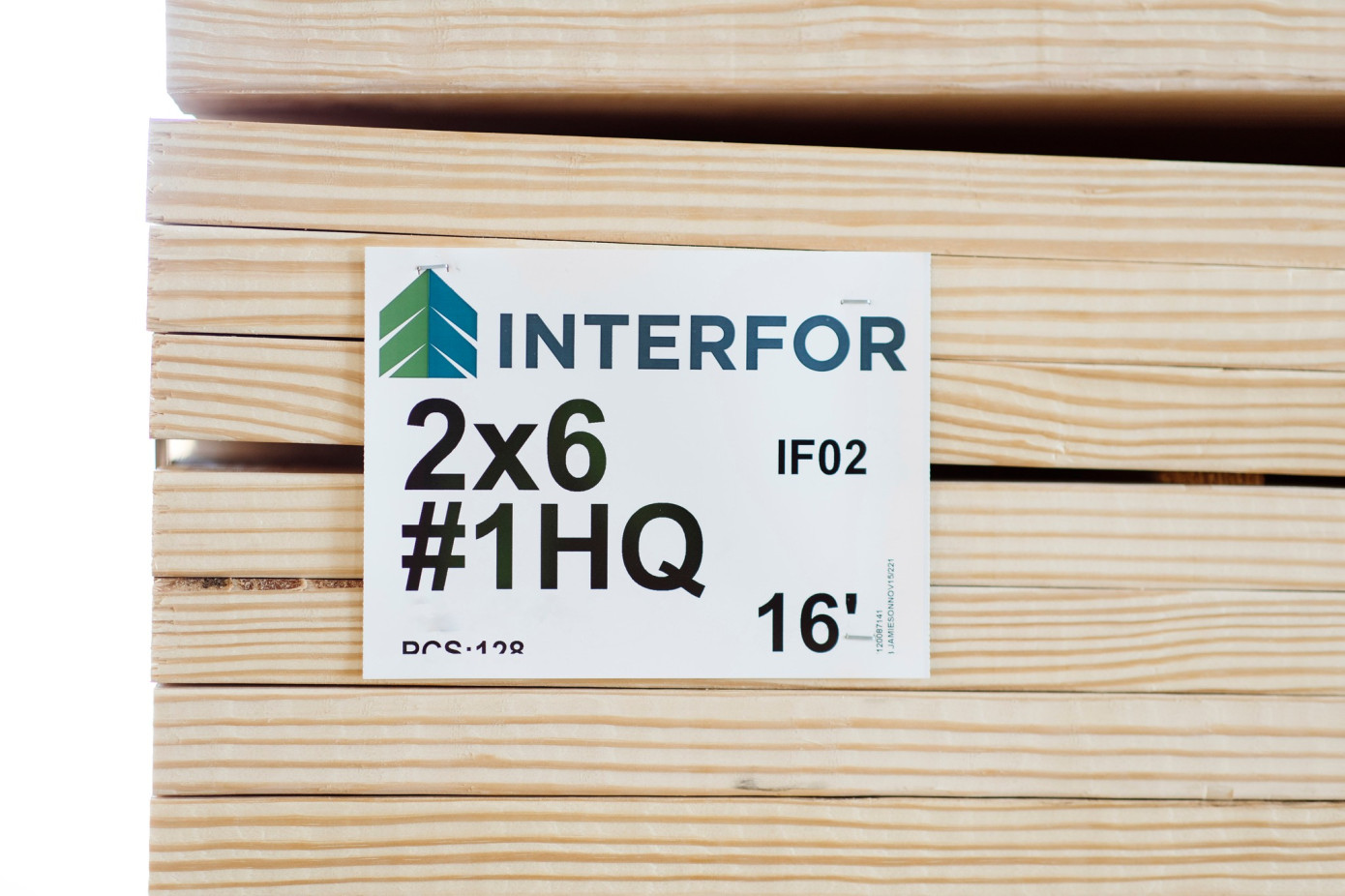Interfor Corporation recorded a net loss in Q1 2025 of $35.1 million, or $0.68 per share, compared to a net loss of $49.9 million, or $0.97 per share in Q4 2024 and a net loss of $72.9 million, or $1.42 per share in Q1 2024.
Adjusted EBITDA was $48.6 million on sales of $735.5 million in Q1 2025 versus Adjusted EBITDA of $80.4 million on sales of $746.5 million in Q4 2024 and an Adjusted EBITDA loss of $22.3 million on sales of $813.2 million in Q1 2024.
In Q1 2025, lumber shipments totalled 863 million board feet, representing a 77 million board foot decrease over the prior quarter. The decrease primarily relates to the sale of the Quebec operations, weather-related curtailments and shipment delays resulting from tariff uncertainty.
The Company generated $40.4 million of positive operating cash flow before working capital changes in Q1 2025, primarily due to higher average lumber prices. $53.6 million was invested in working capital, driven by seasonally higher log inventories and lumber shipment delays resulting from tariff uncertainty.
Outlook
North American lumber markets over the near term are expected to remain volatile as the economy continues to adjust to changing monetary policies, tariffs, labour shortages and geo-political uncertainty, and as industry-wide lumber production continues to adjust to match demand.
Near-term volatility could be further impacted by potential tariffs on Canadian lumber exports to the U.S. Overall, the Company is well positioned with a diversified product mix in Canada and the U.S., with approximately 60% of its total lumber produced and sold within the U.S. Ultimately, only about 24% of the Company’s total lumber production is exported from Canada to the U.S. and exposed to a potential tariff. Over the mid-term, Canadian lumber is expected to remain a key source of supply to meet U.S. needs, as growth in U.S. lumber manufacturing capacity will likely be limited by labour constraints, lengthy equipment lead-times, residual offtake constraints and extended project ramp-up schedules.
Interfor expects that over the mid-term, lumber markets will continue to benefit from favourable underlying supply and demand fundamentals. Positive demand factors include the advanced age of the U.S. housing stock, a shortage of available housing and various demographic factors, while growth in lumber supply is expected to be limited by extended capital project completion and ramp-up timelines, labour availability and constrained global fibre availability.
Interfor’s strategy of maintaining a diversified portfolio of operations in multiple regions allows the Company to both reduce risk and maximize returns on capital over the business cycle. In the event of a sustained lumber market downturn, Interfor maintains flexibility to significantly reduce capital expenditures and working capital levels, and to proactively adjust its lumber production to match demand.
Interfor is a growth-oriented forest products company with operations in Canada and the United States.
